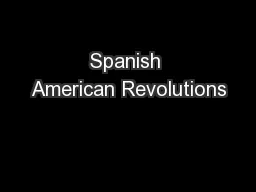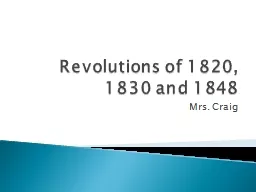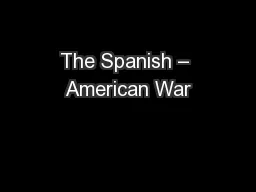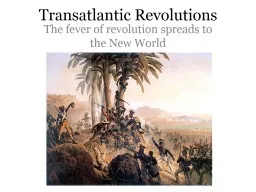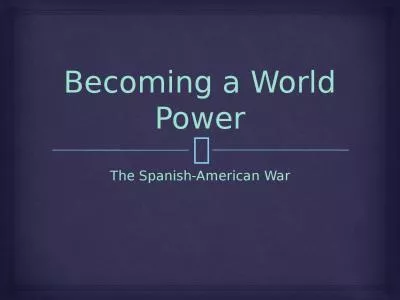PPT-Spanish American Revolutions
Author : danika-pritchard | Published Date : 2018-11-04
1810 1825 AP World History Notes Chapter 17 Spanish American Revolutions Inspired by the North American French and Haitian Revolutions Intellectuals had become
Presentation Embed Code
Download Presentation
Download Presentation The PPT/PDF document "Spanish American Revolutions" is the property of its rightful owner. Permission is granted to download and print the materials on this website for personal, non-commercial use only, and to display it on your personal computer provided you do not modify the materials and that you retain all copyright notices contained in the materials. By downloading content from our website, you accept the terms of this agreement.
Spanish American Revolutions: Transcript
Download Rules Of Document
"Spanish American Revolutions"The content belongs to its owner. You may download and print it for personal use, without modification, and keep all copyright notices. By downloading, you agree to these terms.
Related Documents

